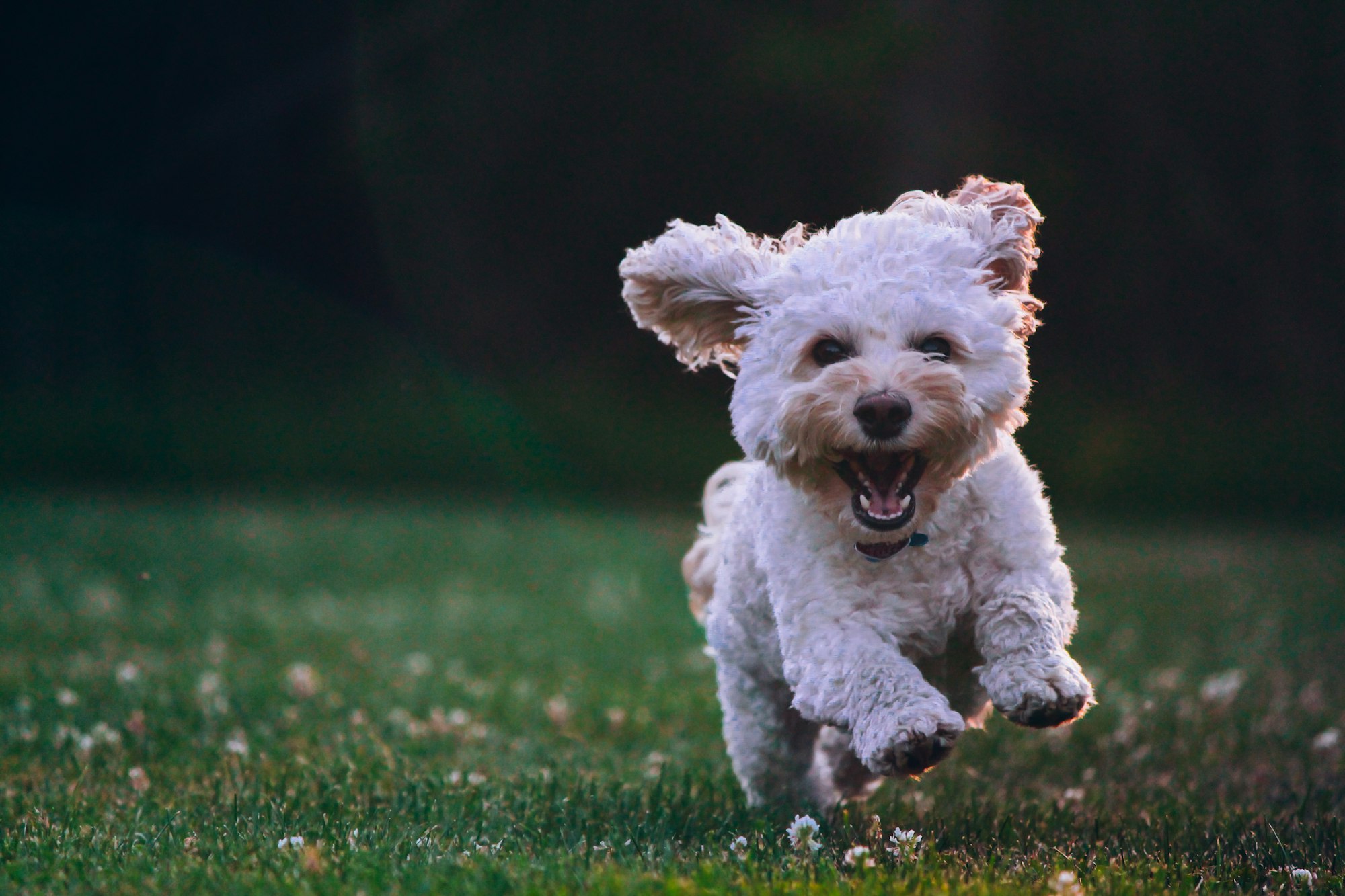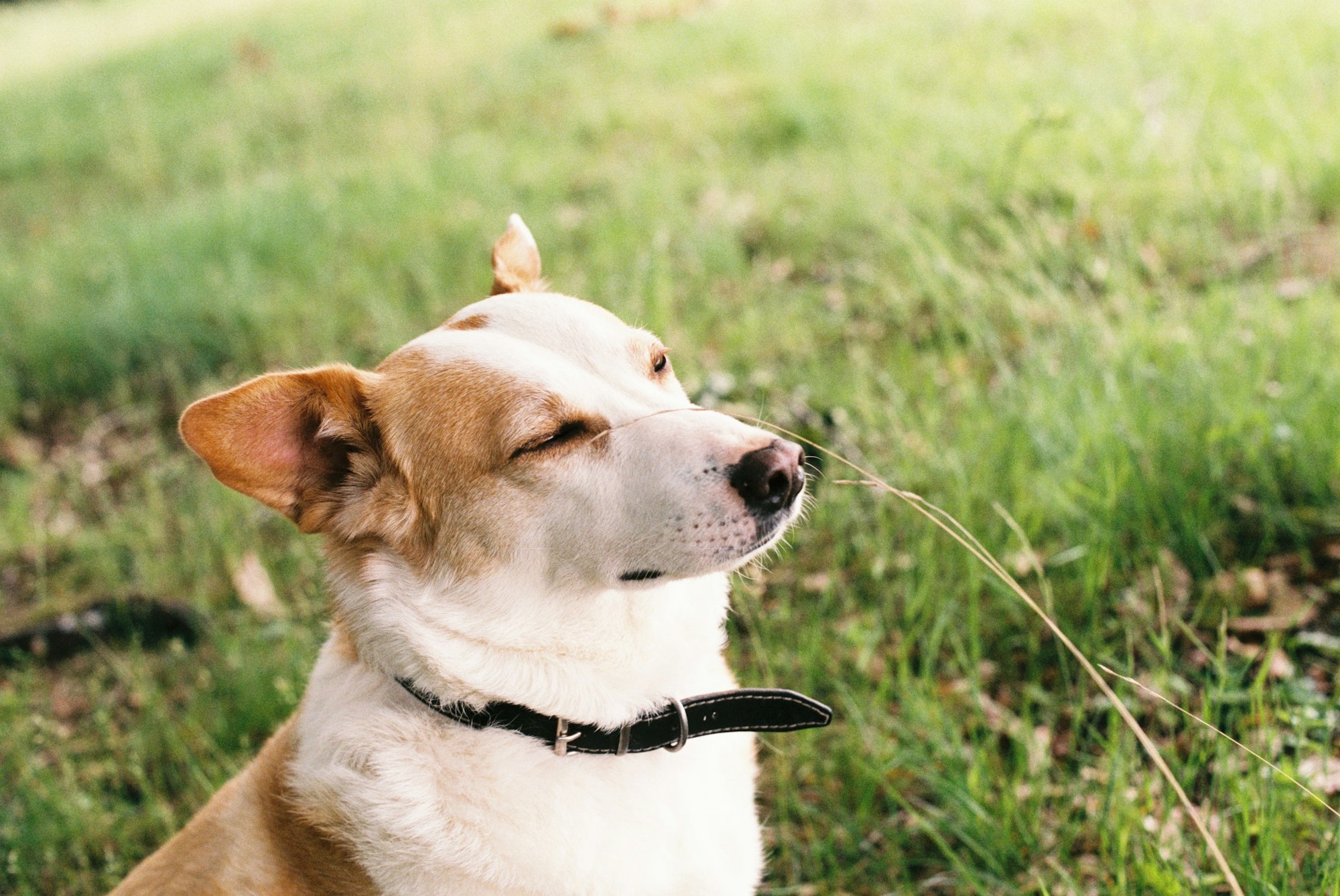Teaching your dog new tricks, like playing dead, can be a fun and rewarding experience for both you and your furry friend. In addition to impressing your friends and family, teaching your dog tricks can also have several benefits, including strengthening the bond between owner and pet, providing mental stimulation, and boosting your dog's confidence.
Playing dead is a particularly entertaining trick that reinforces obedience and focus. In this article, we'll provide a step-by-step guide for dog owners on how to teach their dogs to play dead, including the use of verbal cues, hand signals, and positive reinforcement techniques. Whether you're a seasoned dog owner or a novice, with some patience and practice, you'll have your dog playing dead in no time!
Necessary Supplies and Preparations
Teaching your dog to play dead is a fun trick that entertains you and your friends and strengthens the bond between you and your pet. Most dogs can learn this command with positive reinforcement, patience, and consistency. Here's a detailed breakdown of the necessary supplies and preparations to teach your dog to play dead.
Treats or toys for positive reinforcement
Positive reinforcement is essential to dog training, as it encourages good behavior by rewarding the dog when they perform the desired action. For this trick, have treats or toys handy that your dog loves. You can also use clicker training, which involves using a clicker device to signal when the dog has performed the correct action, followed by a treat or toy.
A comfortable, quiet space for training
Choose a comfortable and quiet space where your dog can concentrate and feel at ease. This environment will help your dog focus on learning the new trick without distractions from other dogs or external stimuli. A living room, backyard, or an empty park are ideal locations for training
Patience and consistency
Training a dog to play dead requires patience, as some dogs may take longer to understand the command than others. Consistency is also crucial, as it helps the dog learn and associate the correct position with the command. Make sure to practice the trick regularly and maintain a consistent routine.
Basic Commands to Master Before Teaching "Play Dead"
Before teaching your dog to play dead, it is essential to ensure they have mastered the following basic commands. These commands lay the foundation for more advanced tricks, making the training process smoother and more enjoyable.
- Sit: "Sit" is a fundamental command that every well-trained dog should know. Teaching your dog to sit is a fun and great starting point for other tricks. Use a cue word, such as "sit," and hold a treat near your dog's nose. Slowly raise the treat above their head, encouraging them to sit down. Once your dog sits, reward them with the treat and verbal praise.
- Down: The "down" command is essential for teaching your dog to play dead, as it requires them to lie on the ground. To teach this command, start with your dog in the sitting position. Place a treat in your fingers near your dog's nose. Slowly lower the treat to the ground, moving it away from their body. As your dog follows the treat with their nose, they should naturally lie down. Use the cue word "down" and reward them with the treat when they are in the correct position.
- Stay: "Stay" is another basic command that helps keep your dog in a specific position, which is useful when teaching them to play dead. Begin with your dog in the sitting or lying down position. Hold your hand up with your palm facing them, using it as a visual cue. Say the cue word "stay" and take a few steps back. If your dog remains in place, reward them with a treat and praise. Gradually increase the distance and duration of the stay command to reinforce the behavior.
Step-by-Step Guide to Teach Your Dog to Play Dead
Step 1. Introduce the verbal cue and hand signal
Teaching your dog to play dead is a fun trick that both you and your furry friend can enjoy. Before starting, it's crucial to introduce a verbal cue and hand signal that your dog will associate with playing dead. This first step lays the groundwork for successful training sessions and helps your dog understand the new trick.
- Choose a word or phrase: To teach your dog to play dead, begin by selecting a unique word or phrase, such as "bang" or "play dead." This verbal cue will signal your dog to perform the trick. Make a mental note of your chosen verbal command, as consistency is key when teaching new tricks.
- Pair it with a hand signal: In addition to the verbal cue, it's essential to pair the command with a hand signal that reinforces the action you want your dog to perform. A common hand signal for the play dead command involves pointing your index finger like a gun and "shooting" in the direction of your dog. Dogs often respond well to visual cues, making the hand signal a valuable tool during training sessions.
Step 2. Lure your dog into the "dead" position
The second step in teaching your dog to play dead is to lure them into the desired "dead" position. This step involves using treats, toys, and verbal cues to guide your dog from the "down" position to lying on its side with legs outstretched, mimicking the appearance of playing dead.
- Start with your dog in the "down" position: Begin by having your dog in the "down" position, which they should have already mastered as one of the basic commands. This starting position makes it easier for your dog to transition into the "dead" position.
- Use treats or toys to guide your dog into the desired position: Hold a treat or toy near your dog's nose and slowly move it towards its opposite shoulder. Most dogs will follow the treat or toy with their eyes and head, causing them to roll onto one hip and eventually onto their side. As they do this, use a visual cue (such as the "shooting" hand signal) and the verbal command you chose in the first step.
- Encourage your dog to lie on its side with legs outstretched: Once it is lying on its side, encourage them to relax and stretch its legs out, creating the appearance of playing dead. This vulnerable position might initially be uncomfortable for some dogs, but with practice and positive reinforcement, most dogs will grow accustomed to it. Reward your dog with treats and verbal praise when they achieve the correct position.

Step 3. Reinforce the desired behavior
The third step in teaching your dog to play dead involves reinforcing the desired behavior through rewards and repetition. By consistently rewarding your dog with treats, toys, or praise and practicing the trick, your dog will learn to associate the verbal cue and hand signal with the "play dead" position.
- Reward your dog with treats, toys, or praise: Once your dog successfully performs the "play dead" trick, it's essential to reward them with treats, toys, or verbal praise. This positive reinforcement helps your dog understand that they have done the right thing and encourages them to repeat the behavior in the future. Be sure to reward your dog immediately after they perform the trick, so they can connect strongly with the action and the reward.
- Repeat the process until your dog consistently performs the trick: Consistency is key when teaching your dog new tricks. Repeat the process of luring your dog into the "dead" position using visual cues, verbal commands, and rewards. Practice the trick daily, gradually reducing the use of treats and toys as your dog becomes more comfortable with the command. Being patient during this process is essential, as dogs learn at their own pace.
Step 4. Gradually increase Difficulty
The final step in teaching your dog to play dead involves gradually increasing the trick's difficulty. This process helps your dog become more proficient in performing the trick in various situations, ultimately demonstrating their mastery of the command.
- Fade out the use of treats and toys: As your dog becomes more comfortable with the "play dead" command, it's essential to start reducing the reliance on treats and toys as rewards. Gradually phase out these incentives while giving verbal praise for a well-done job. This transition helps your dog focus on verbal cues and hand signals rather than solely relying on treats and toys for motivation.
- Add distractions to test your dog's focus: To ensure your dog can perform the "play dead" trick in different environments, it's important to test their focus by adding distractions. Practice the command at a dog park, in the presence of other dogs, or with background noise. Start with mild distractions and gradually increase the difficulty as your dog becomes more proficient at the trick.
Following these steps and patiently working with your dog will teach them to play dead. Remember that each dog learns at a different pace, so it's essential to adjust your training approach to suit your dog's individual needs. As a certified professional dog trainer would advise, always use positive reinforcement techniques to encourage your dog's progress.
Common Challenges and Troubleshooting
Teaching your dog the "play dead" trick is an exciting venture that you and your furry friend can enjoy together. Yet, like any learning process, it's natural to encounter some challenges. Outdoor settings can introduce unique distractions, such as other animals or changing weather conditions, that may temporarily sidetrack your dog's focus. By recognizing these potential roadblocks ahead of time and coming up with innovative solutions, you increase the likelihood of your dog successfully learning this entertaining trick.
Dog's reluctance to lie on its side
- Use a softer surface or pad: Some dogs may hesitate to lie on their side due to discomfort, especially on hard or cold surfaces. Encourage your dog by using a softer surface, such as a blanket or a padded mat, to provide a more comfortable environment for them to practice the trick.
- Gradually increase the duration of the trick: Patience is key when teaching your dog to play dead. If your dog is reluctant to lie on its side, slowly increase their time in this position, using treats and praise to reinforce the behavior.
Over-excitement or lack of focus
- Shorten training sessions: Dogs can become easily distracted or over-excited during training sessions. To combat this issue, keep your sessions short and engaging, allowing your dog to maintain focus and gradually build their attention span.
- Use consistent verbal cues and hand signals: Consistency is crucial when teaching your dog any new trick. Ensure you use the same verbal and hand signals throughout training, helping your dog associate the command with the desired behavior.
- Practice in various environments: Exposing your dog to various environments helps improve their focus and adaptability. By practicing the "play dead" command in different settings, you are training your dog to perform the trick regardless of distractions or changes in surroundings.
Frequently Asked Questions
What is the best age to start teaching my dog to play dead?
The best age to start teaching your dog to play dead is when they are puppies, around 6-12 weeks old. Puppies have a shorter attention span but are more impressionable and open to learning new things. However, you can teach dogs of any age to play dead if they are healthy and willing to learn.
How long does it usually take to teach a dog to play dead?
The length of time it takes to teach a dog to play dead depends on the individual dog and its learning speed. Some dogs may learn the trick in a few days, while others may take several weeks or even months to master it. Consistent training sessions and patience are key to teaching your dog to play dead.
What are some common mistakes to avoid when teaching a dog to play dead?
Some common mistakes to avoid when teaching your dog to play dead include: using punishment or negative reinforcement, expecting too much too soon, not breaking down the trick into small steps, and not being consistent with your training sessions. It's also important to remember that not all dogs learn at the same pace, so be patient and adjust your training accordingly.
Do I need any special equipment to teach my dog to play dead?
You don't necessarily need any special equipment to teach your dog to play dead, but using a clicker and treats can be helpful. A clicker can help mark the exact moment when your dog performs the desired behavior, and treats are a great positive reinforcement to motivate your dog to learn.
Can all dogs learn to play dead or are certain breeds better suited for it?
While all dogs can learn to play dead, certain breeds may be more inclined to perform the trick due to their personality and temperament. For example, dogs that enjoy attention and are eager to please their owners, such as Golden Retrievers and Labradors, may be more suited to learn this trick quickly. However, with consistent training, any dog can learn to play dead regardless of breed.

Conclusion
Teaching your dog new tricks, such as playing dead, is fun and provides important mental stimulation for your furry friend, and it helps to strengthen the bond between you and your dog and promotes positive behavior. However, teaching your dog to play dead requires patience, consistency, and positive reinforcement.
With the step-by-step guide, dog owners can start training their dogs and seeing results with time. It's important to remember that each dog is unique and may learn at their own pace. Therefore, remaining patient and consistent throughout the training is crucial.
Once your dog has mastered the play-dead trick, there are many other advanced tricks and training techniques to explore to continue learning. The key is to keep it fun, safe, and enjoyable for you and your furry companion.
More Training Articles
For more helpful articles about pet-parenting tips, check out the Off Leash blog at TryFi.com.
Want to know more about TryFi.com? The Fi Dog Collar is a GPS tracking collar that not only keeps track of your dog’s location, activity levels, and sleep patterns, but it also alerts you if your dog escapes your backyard. This is the fastest way to find your dog after an escape. Try the Fi Dog Collar today!

